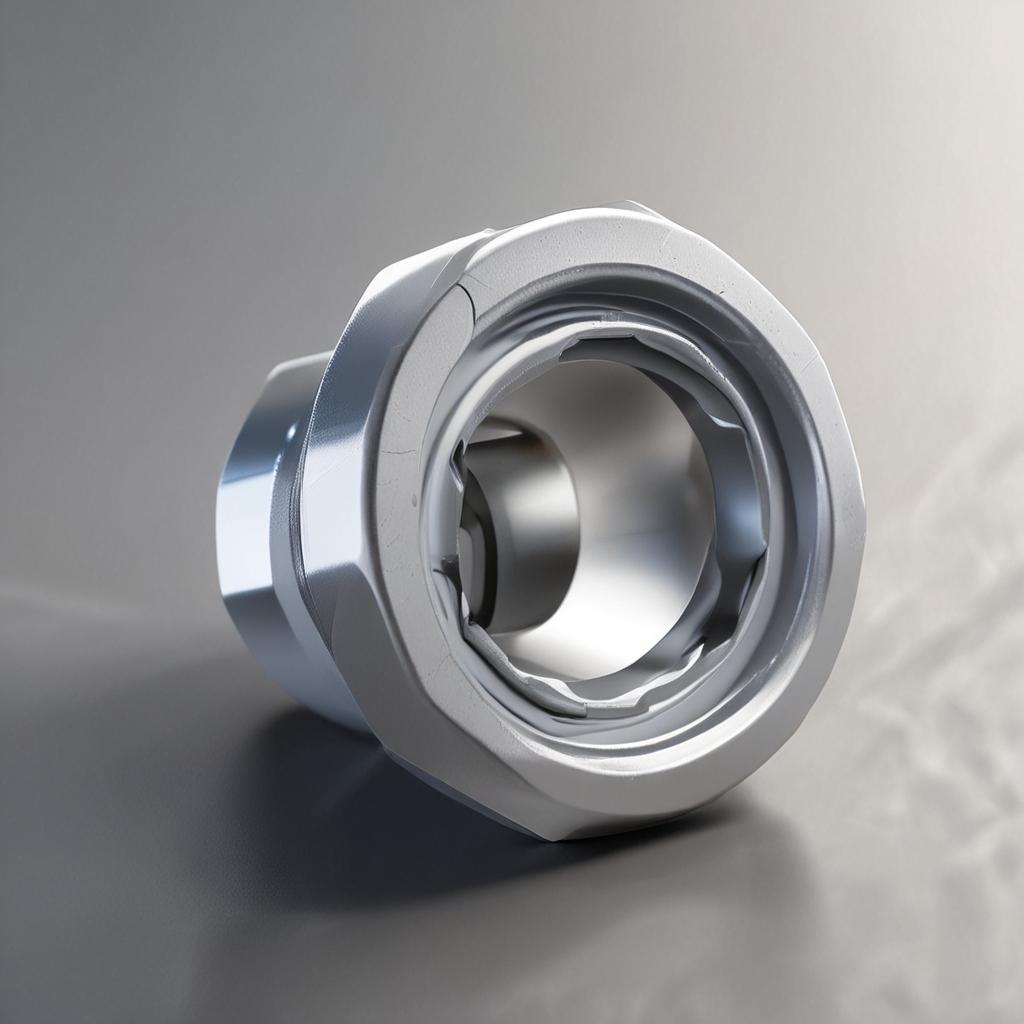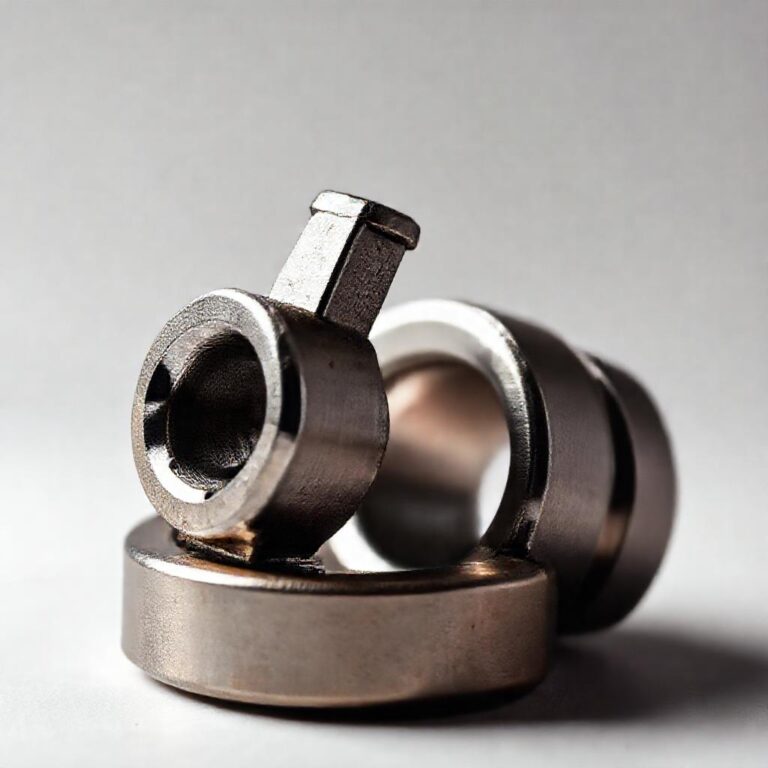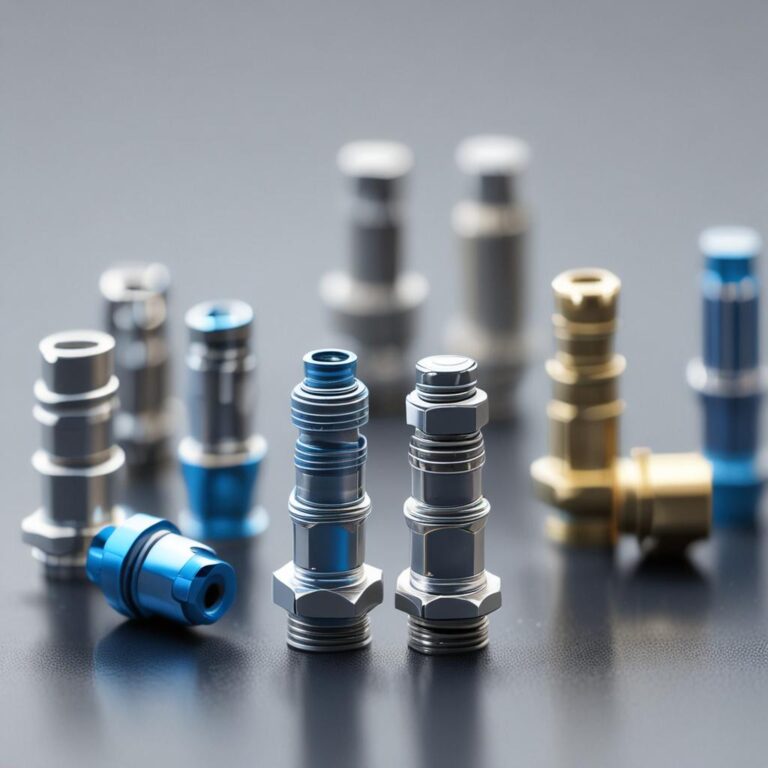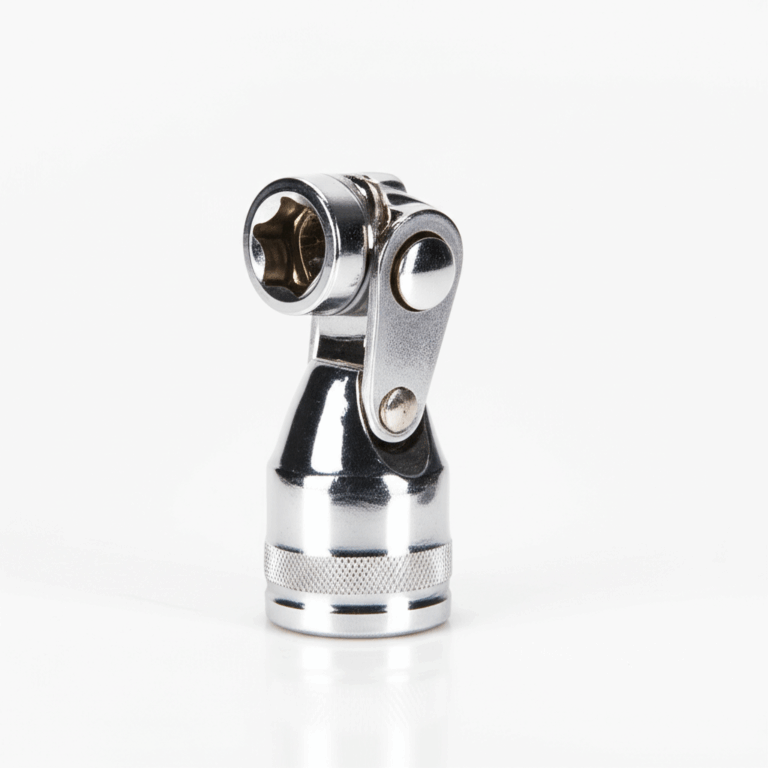Toyota Lug Nut Socket Size
When it comes to maintaining or repairing your Toyota, knowing the right tools for the job is essential. Among these, the correct lug nut socket size plays a critical role in ensuring your wheels stay securely attached to your vehicle. Using the wrong socket can lead to stripped nuts, improper tightening, or even safety hazards. This guide provides everything you need to know about Toyota lug nut socket sizes, helping you avoid common pitfalls and keep your car running safely.
Understanding Toyota Lug Nut Sizes
What is a Lug Nut Socket?
A lug nut socket is a specialized tool designed to fit the hexagonal shape of wheel studs and lug nuts. It allows you to tighten or loosen them efficiently using a wrench or impact tool. While standard sockets are suitable for hand tools, impact sockets are built to withstand high torque from air or electric tools. Impact sockets are thicker and more durable, making them ideal for removing stubborn or tightly fastened lug nuts without damage.
Common Toyota Lug Nut Sizes
Most Toyota models use metric socket sizes, with 17mm, 19mm, and 21mm being the most prevalent. For example, the Corolla and Camry typically use 19mm or 21mm sockets depending on the model year, while the RAV4 and Tacoma often require 19mm or 21mm. Steel wheels may use slightly different sizes compared to alloy wheels, and larger vehicles like the Tundra might need a 24mm socket. Always confirm with your specific model’s specifications to avoid errors.
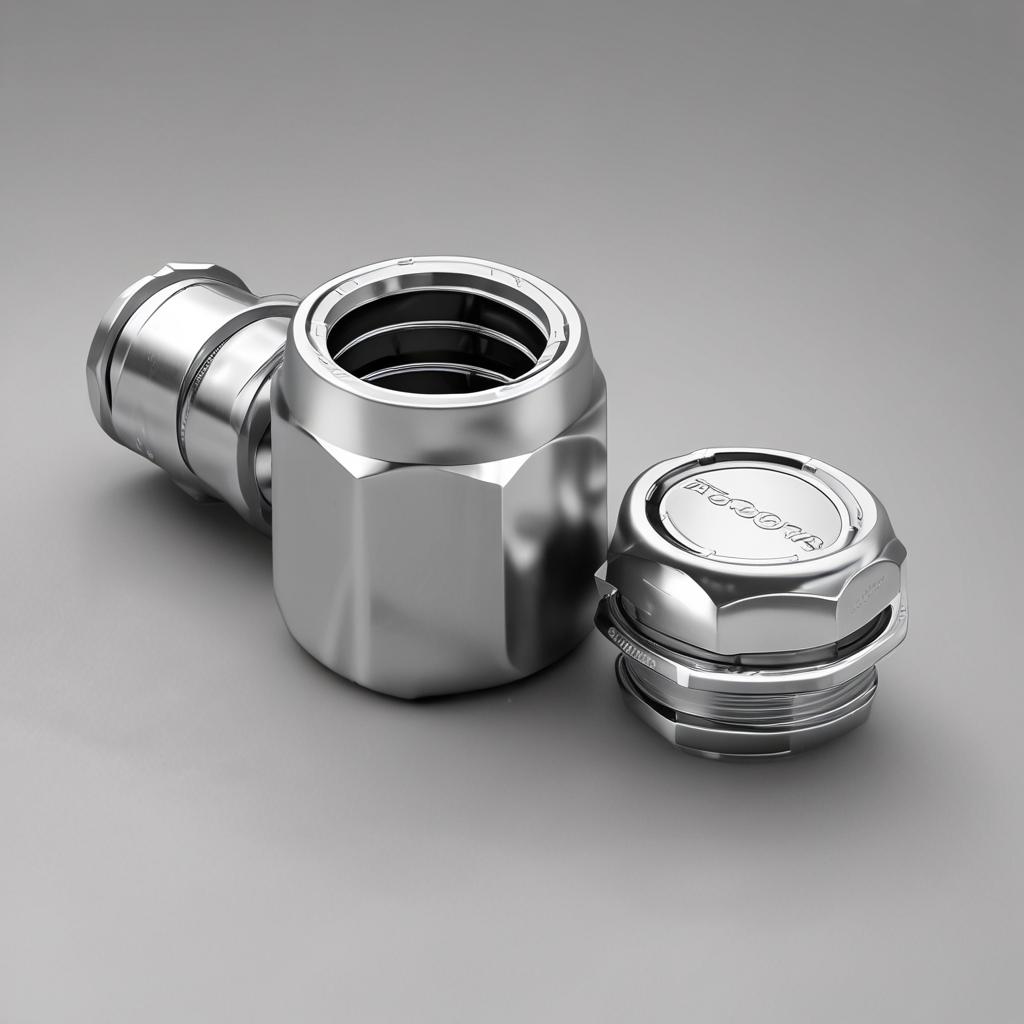
How to Identify Your Toyota’s Lug Nut Size
The most reliable method to determine the correct socket size is by consulting your vehicle’s owner’s manual. If the manual is unavailable, measure the lug nut with a caliper or use a socket set to test fit. Visual cues like deep or shallow sockets, and whether the lug nut is tapered or flat, can also help. Note that Toyota’s design variations mean even similar models may require different sizes, so double-check before working.
Recommended Lug Nut Socket Sizes for Toyota Vehicles
Most Common Toyota Lug Nut Sizes
For the majority of Toyota models, 17mm, 19mm, and 21mm sockets are standard. However, special cases like aftermarket wheels, performance models, or custom setups may use less common sizes. For example, some high-performance Toyotas or vehicles with upgraded wheels might require 24mm or 30mm sockets. Always verify with the wheel manufacturer or your vehicle’s manual if you’re installing new wheels.
Differences Between Domestic and Import Toyota Models
Comparison table for Differences Between Domestic and Import Toyota Models
Older Toyota models produced for the U.S. market often used SAE (inch-based) sizes, but modern models have transitioned to metric standards. Japanese Domestic Market (JDM) models may occasionally differ due to regional specifications, though most follow the same metric sizing as international counterparts. For pre-2000 models, sizes like 14mm or 17mm were more common, while 2000s models standardized on 19mm and 21mm for most applications.
Best Sockets for Toyota Lug Nuts
Opt for a 6-point socket over 12-point for Toyota lug nuts. 6-point sockets provide a more precise fit, reducing the risk of rounding off the nut’s edges. When removing lug nuts, especially those held tightly by rust or corrosion, use an impact socket to handle higher torque. For final tightening, a standard socket with a torque wrench ensures accuracy and safety.
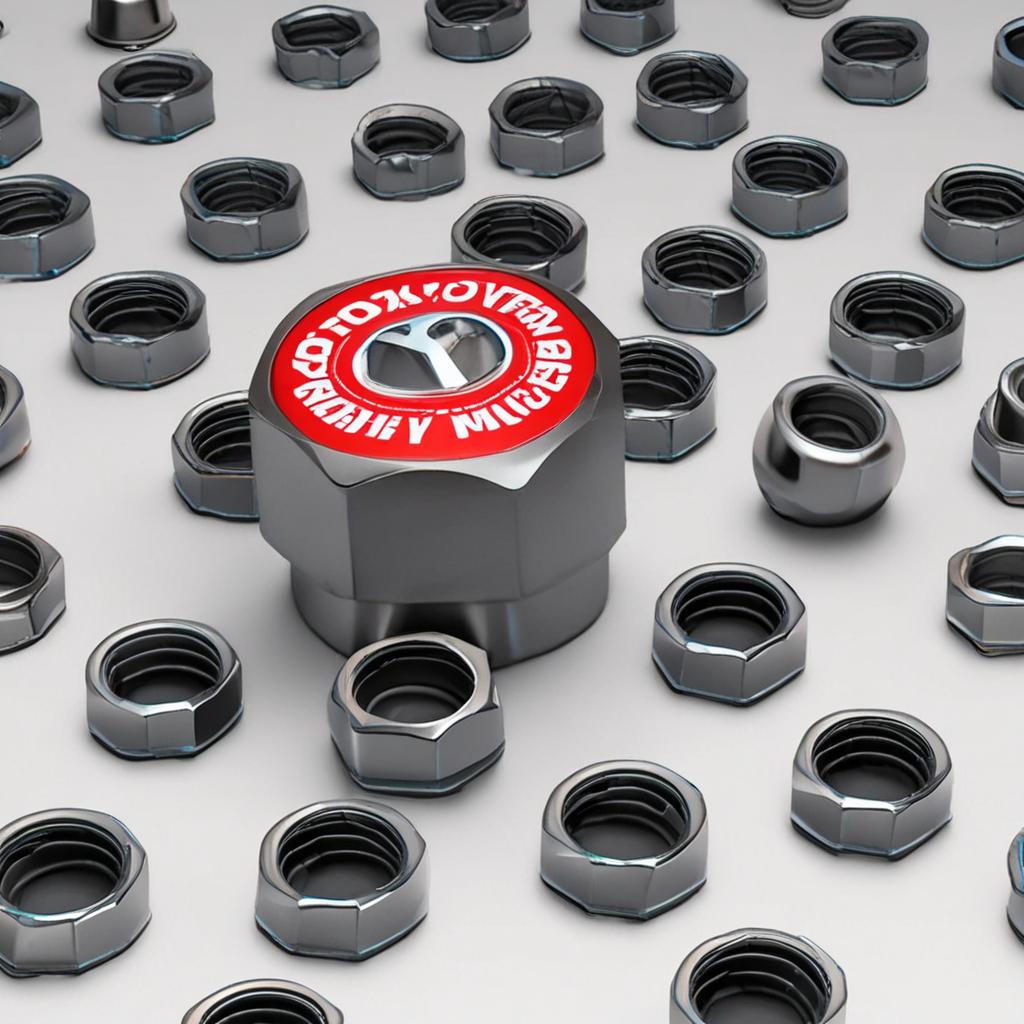
How to Use a Lug Nut Socket Properly
Tools Needed for Changing Toyota Lug Nuts
Essential tools include a socket wrench or breaker bar, a torque wrench, a jack, and jack stands. A breaker bar is particularly useful for loosening stubborn nuts without overexertion. The torque wrench ensures nuts are tightened to the manufacturer’s specifications, which for Toyota vehicles is typically between 80 and 100 ft-lbs, though this varies by model.
Step-by-Step Guide to Removing and Installing Lug Nuts
- Loosen the lug nuts while the wheel is still on the ground by turning counterclockwise.
- Lift the vehicle with a jack and remove the loosened nuts.
- When installing new nuts, tighten them in a star pattern to distribute pressure evenly.
- Recheck the torque with a wrench once the wheel is back on the ground.
Common Mistakes to Avoid
Over-tightening can damage threads or warp brake rotors, while under-tightening may cause the wheel to come loose. Using a mismatched socket (e.g., a 12-point socket for 6-point lug nuts) increases the risk of stripping. Also, never ignore signs of rust or damage—these can make removal dangerous and compromise safety if left unaddressed.
Troubleshooting Toyota Lug Nut Issues
Stripped or Stuck Lug Nuts
Stripped nuts are often the result of using the wrong socket size or excessive force. Apply penetrating oil like WD-40 to rusted nuts, wait 10-15 minutes, then use a breaker bar or impact driver to loosen them. For severely damaged nuts, specialized removal tools or a professional mechanic may be necessary to avoid further complications.
Aftermarket vs. OEM Lug Nuts
Aftermarket lug nuts may differ in size or thread pattern compared to OEM (original equipment manufacturer) parts. Ensure compatibility before installation, as mismatched sizes can lead to improper fit or safety risks. If you install larger wheels or custom components, verify whether the new lugs require a different socket size.

When to Replace Lug Nuts
Replace lug nuts if they show cracks, deformation, or stripped edges. Over-tightening or corrosion can weaken them over time. As a general rule, inspect and replace any lug nuts that have been removed after an accident, wheel service, or if they’ve been in place for over 5-7 years. Regular replacements are also advised if you frequently drive in harsh conditions.
Conclusion
Understanding the correct Toyota lug nut socket size is vital for both safety and efficiency. Whether you’re changing a tire or upgrading your wheels, using the right tools ensures a smooth process and prolongs your vehicle’s components. Always prioritize a 6-point socket for better grip, follow recommended torque specifications, and inspect nuts regularly for wear. If you’re unsure about your vehicle’s requirements or encounter difficult situations, consult a certified mechanic to avoid potential risks.
FAQ: Toyota Lug Nut Socket Size
What size socket fits Toyota lug nuts?
Most Toyotas use 17mm, 19mm, or 21mm sockets, but check your vehicle’s manual for exact specifications.
Can I use a regular socket instead of an impact socket?
Yes, but an impact socket is stronger and less likely to round off lug nuts. Use a regular socket for hand-tightening and an impact socket for power tools or stuck nuts.
How tight should Toyota lug nuts be?
Follow the manufacturer’s torque specs, which typically range from 80-100 ft-lbs. Refer to your manual for precise values.
Why won’t my lug nuts come off?
They may be rusted or over-tightened. Apply penetrating oil and use a breaker bar or impact driver to ease removal.
Are all Toyota lug nuts the same size?
No, sizes vary by model, wheel type, and year. Always confirm using the owner’s manual or a measurement tool before working on your vehicle.

